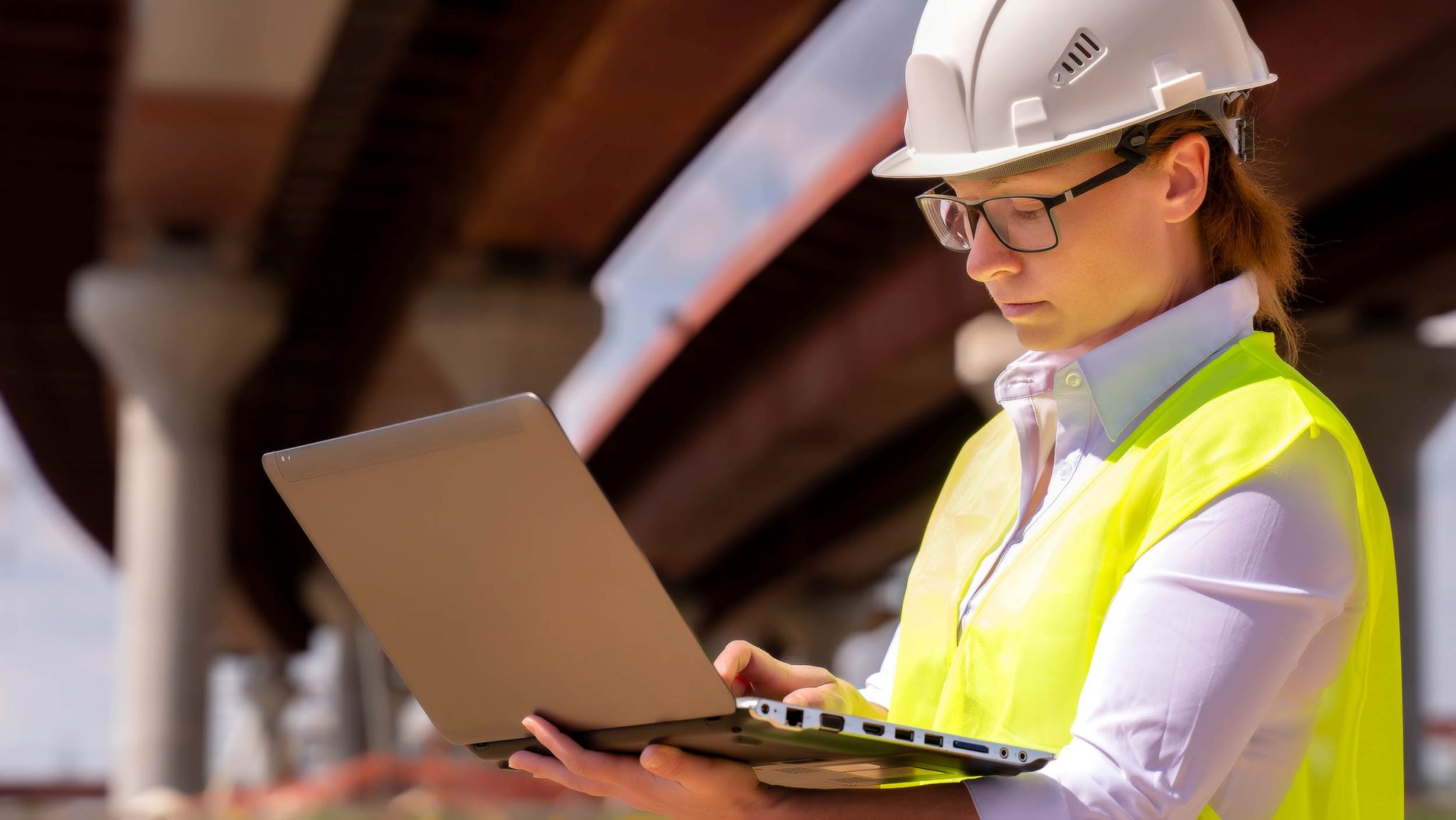Welcome to the third blog in a series of four, designed to help owners of multi-unit residential apartment buildings, as well as condominium buildings, understand their legally-mandated responsibilities to conduct balcony inspections and repairs! We are, of course, referring to the requirements of California’s “Balcony Inspection Laws”, otherwise known as Senate Bills 326 and 721. These laws require safety inspections and repair of damaged wood-framed balconies, stairs, decks, and catwalks, as well as other “Exterior Elevated Elements” ( “EEE”), at both apartment and condominium buildings in the Greater Los Angeles region.
HOW IS A BALCONY INSPECTION AND REPAIR PROJECT STRUCTURED?
At Weinstein Construction, we have designed a great scope of work for a balcony inspection and repair project, which is aimed at meeting the requirements of California’s Balcony Inspection Laws! Such a project typically comprises three phases:
Phase I – Pre-Inspection Services
During this first phase, our professionals visit your property to assess its overall condition and evaluate the number and layout of its various wood-framed balconies, stairs, decks, and catwalks. This initial visit allows us to gather the data necessary for providing you with a preliminary report, if desired, complete with photos and sketches of the identified EEEs that should be included in the inspection testing phase (i.e., those EEE that are “in-scope” for the inspection phase of the project).
Phase II – Inspection Services
During this second phase, our professionals visit your property to inspect the previously-designated “in-scope” EEEs. During this inspection, our inspectors examine the attachment points of each EEE to the building, inspect for any indications of wood decay (or rust/corrosion in metal components), and assess concrete areas for signs of cracking or other damage.
Our inspection methods prioritize minimal intrusion for residents of the apartment unit or condo, while still allowing us to assess the load-bearing components of each in-scope EEE. As such, we use visual inspections as well as high-tech tools like borescopes, moisture meters, and infrared technology, to inspect inside your EEE! When necessary, we may drill small inspection holes, which we later seal. In those cases where a small inspection hole does not provide enough visibility to ascertain the potential deterioration of the EEE’s wood framing, we may expose a portion of the balcony’s underside to inspect hidden structural elements.
Following this site visit, you will often receive a report detailing our observations and recommendations for remediation, as well as information regarding safety hazards identified during the inspection.
Phase III – Remediation Services (Optional)
When our professional inspection reveals damage to your building’s EEEs (e.g., from wood-destroying organisms, corrosion, or water intrusion), we can work with you to design a plan for promptly addressing any damage detected during the inspection, preventing further deterioration, and ensuring the safety of both EEEs and their users. At your option, our professionals will present you with a proposal for restoring any damaged EEEs, typically after an engineer has devised working plans. For this phase, it’s important to note that the majority of inspections, especially in newer buildings, will often reveal no damage to EEEs or only minor issues that can be addressed as part of the routine maintenance schedule for the building.
WHAT ARE THE ENFORCEMENT AGENCY REQUIREMENTS WHEN DAMAGED IS FOUND?
Under Senate Bill 721: if the inspection of a multi-family residential apartment building finds issues that are an immediate threat to the health and safety of the building occupants (e.g., structural damage, dry rot, cracking, etc.), the inspector must report such concerns to the local enforcement agency within 15 days, and the building owners will then have anywhere from 15 to 120 days to undertake repairs, with immediate threats to health and safety remediated urgently.
Under Senate Bill 326: all immediate health safety concerns in a condominium building must be reported by the inspector to the property’s local enforcement agency, and the owner must undertake emergency repairs, if required. However, if there are no urgent safety concerns, the condominium can control the timing of the repairs, and also include the repair costs in future fees charged to the various condo owners.
WHAT IS THE COST OF BALCONY INSPECTION AND REPAIR?
If you are wondering how much a balcony inspection or balcony repair costs, Weinstein Construction’s blog writers have already addressed this question in a previous balcony inspection blog.
WHEN IS A GOOD TIME TO SCHEDULE A BALCONY INSPECTION?
This is important! Please don’t delay! The closer we get to the fast-approaching inspection due date, the harder it will be to find inspectors, engineers, and qualified balcony repair contractors in the Greater Los Angeles area. These individuals will be struggling to cope with inspecting and repairing thousands of apartment and condo buildings, and this means that the closer you get to the inspection deadline, the more expensive the inspection will get!
Finally, it is important to note that the regulatory balcony inspection date is getting closer and closer! This also means that balcony inspection and repair contractors such as Weinstein Construction will be very busy servicing clients, the closer we get to the inspection deadline. The longer you wait, the more likely it will be that you experience less flexibility in pricing and scheduling! Take the time now to choose the right contractor for the job. Call us today at 866-623-5788 to schedule your free “California Balcony Law” consultation. We will help you ensure that your EEE inspection and repair is done right and for the right price!















